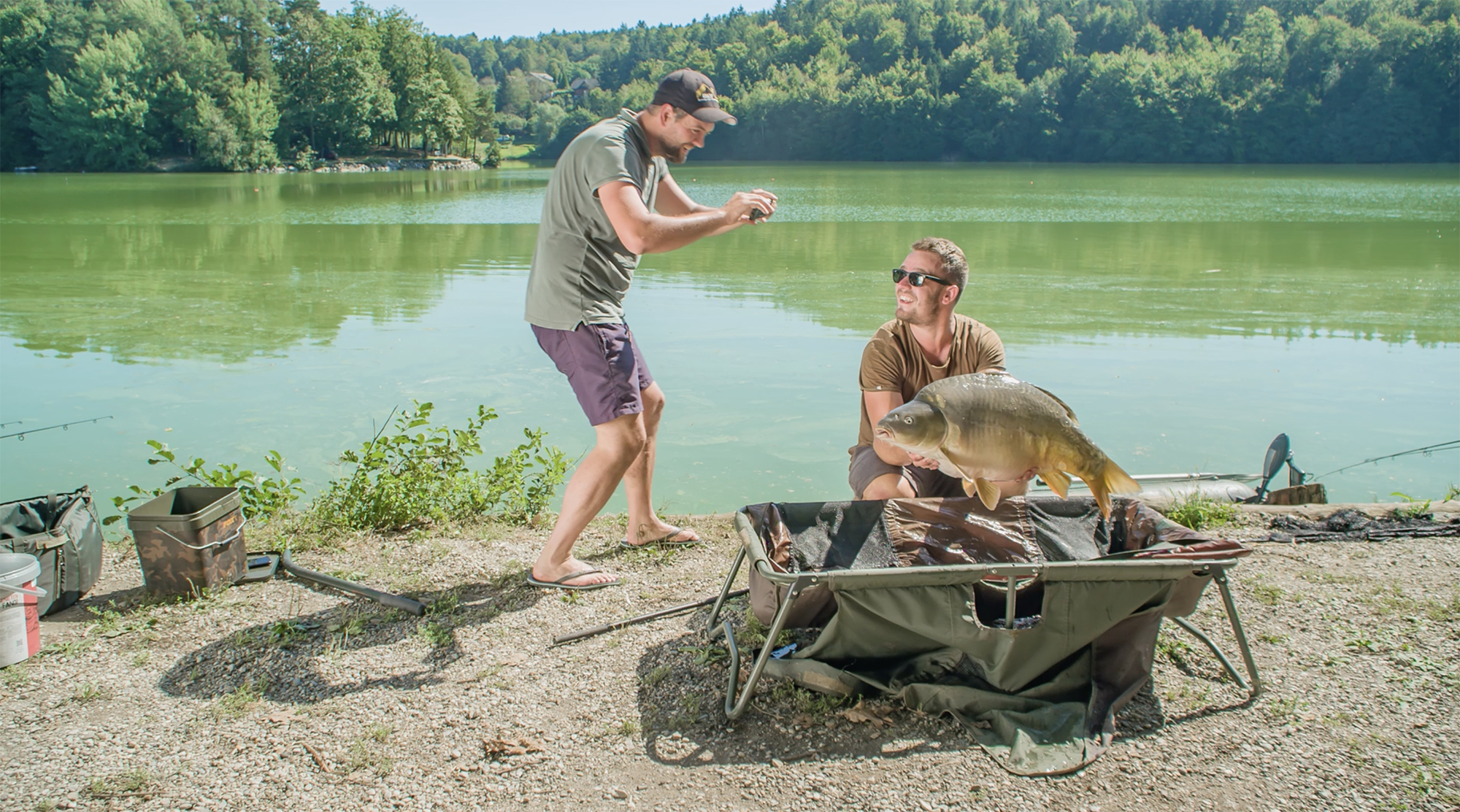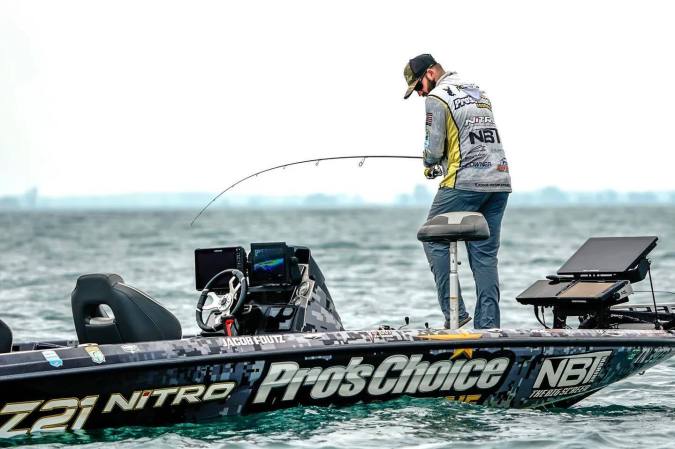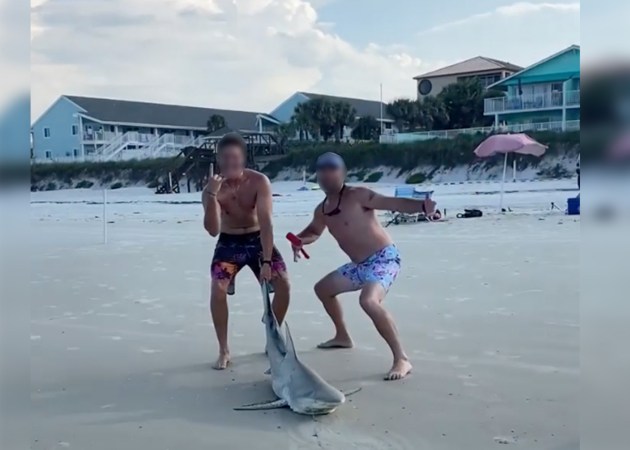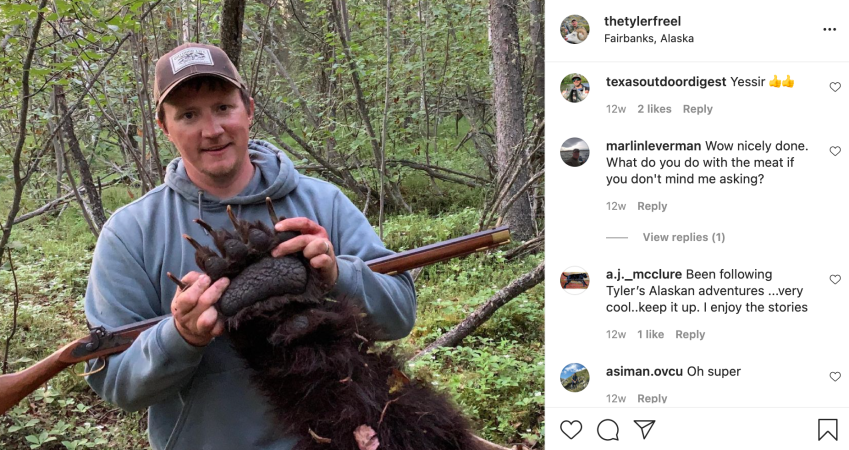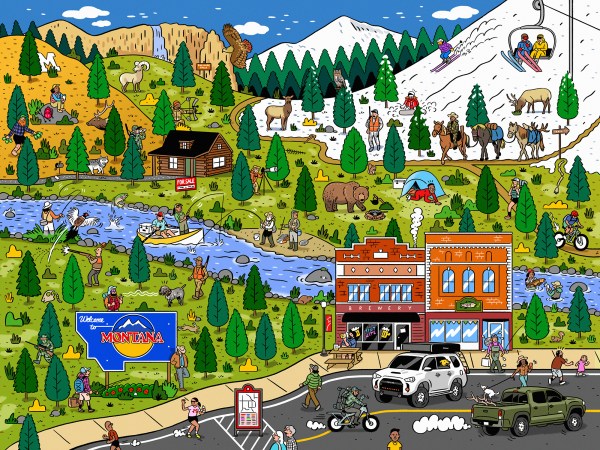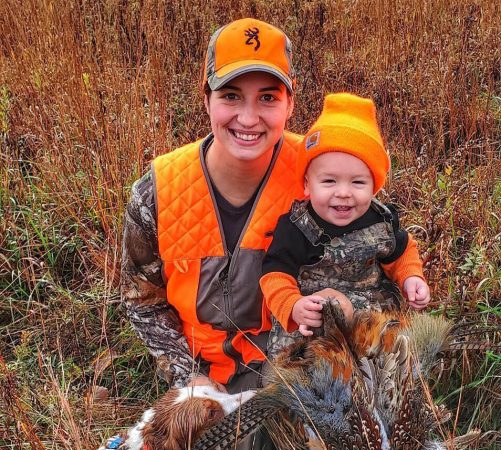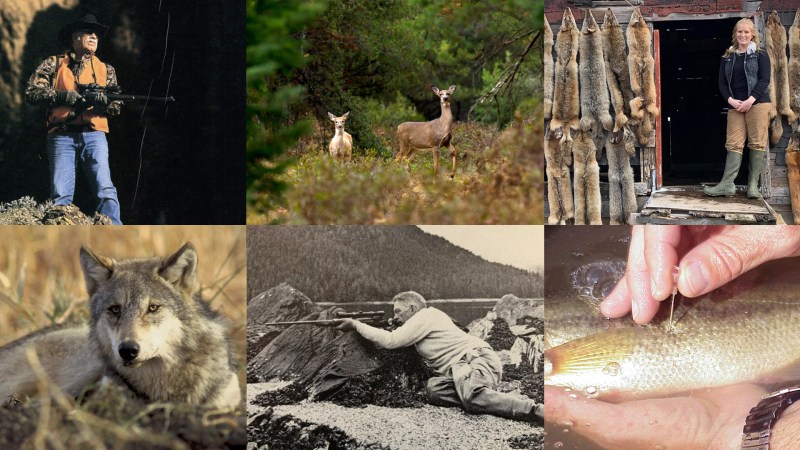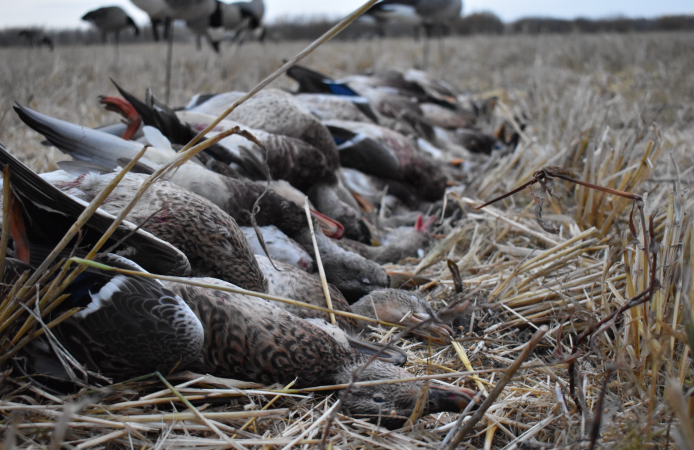YEARS AGO, a popular winter fishing destination in my area was at the outflow of the now defunct Oyster Creek power plant at the Jersey Shore. During the cold months, resident striped bass would pile into the warm discharge, most of which flowed through public property that was legally accessible. Droves of anglers would show up, and many of them posted photos of their catches. Some even filmed their trips to this location and posted them to YouTube. Even the seemingly venerable NJ.com posted a well-produced video about Oyster Creek calling it the place where summer fishing never ends. Within that video, anglers openly admit they found the spot thanks to YouTube videos. There was just one big problem: It was, and still is, illegal to target striped bass in the back bays of New Jersey between January 1 and March 1.
From March 1 on, Oyster Creek was fair game, but people were blatantly posting their fish prior to that date. In some cases, they’d hold the posts until March 1, thinking nobody would consider that snow on the ground made it clear this was shot weeks ago. In talking to folks who used to frequent the spot, many had an attitude of, “well, I know the season is closed but everyone else is down there doing it.” While that doesn’t justify the action, it’s a stance that might get you by if you’re low key: You catch your fish, leave, and shut up about it. But for people angling for social recognition or to grow a channel, you’re trying to be everything but low key.
Read Next: How to Lose Fewer Soft Plastic Lures
To my eye, the nonchalance about making sure you’re following fishing regulations to the letter of the law continues to grow as more and more people try to stake claims in social fishing content. Week over week, new YouTube channels pop up; new “suggested” Instagram posts are served to us every day. Each one represents a person or budding business willing to give their money to the platform to boost their presence. People are so hungry to be “somebody” that it’s not uncommon for them to take little risks to achieve that goal.
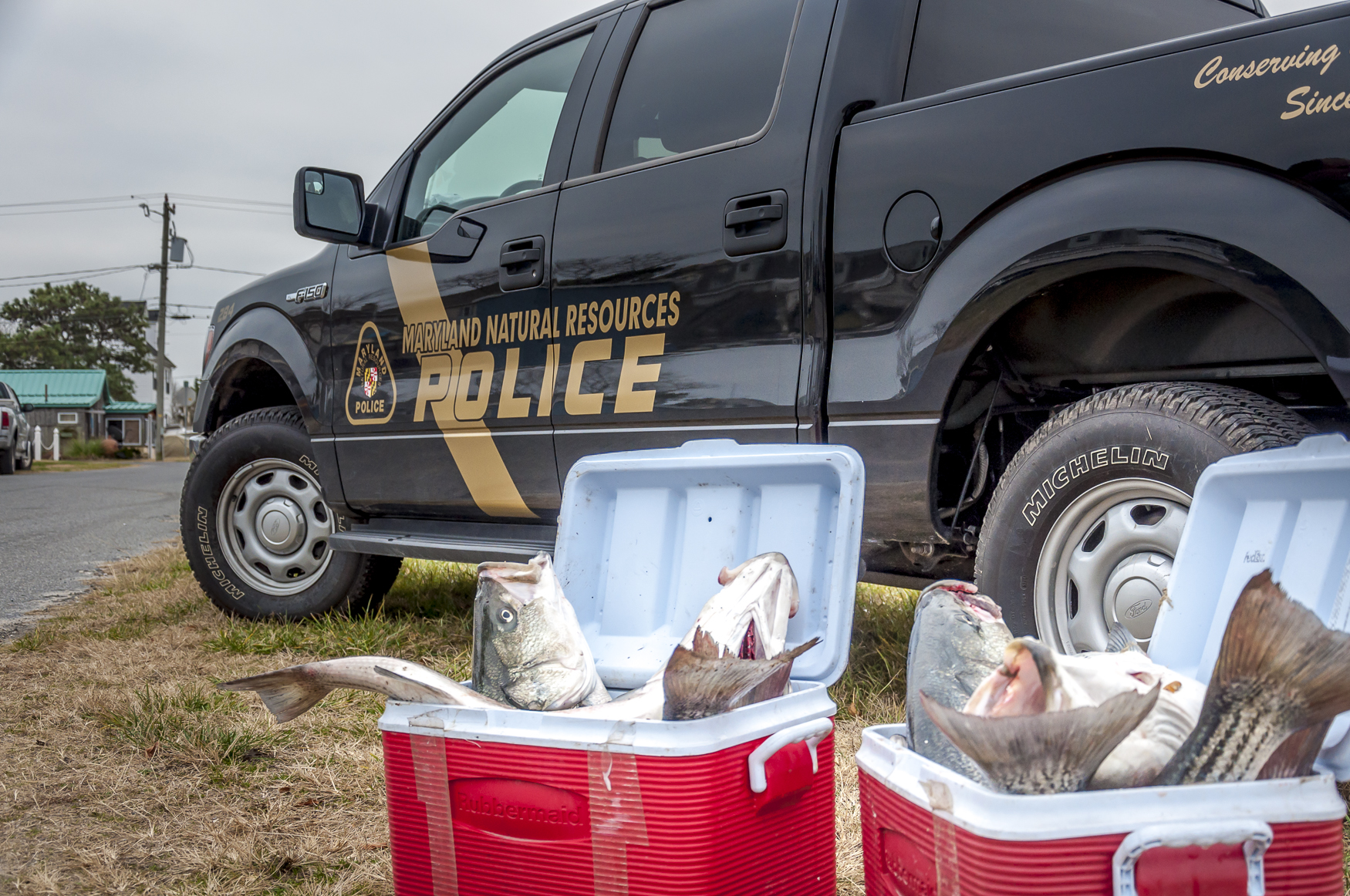
One of the most recent cases of a YouTube video getting anglers in hot water occurred in Alaska. According to the story on Alaskapublic.org, Jacob Keels, Ryan Cornelio, and Josh Liedes were cited for removing coho salmon from the Kenai River during the closed season between November and June. Keels and Liedes were also cited for fishing without a license. But none of these violations were cited in real time. Alaska Wildlife Troopers were able to issue the citations because the three anglers posted their violations on their YouTube channel, Kenai Boys Outdoors. Perhaps the most important part of the story is that Kenai Boys Outdoors wasn’t exactly a channel with millions of viewers. It was practically brand-new, proving that the hammer of wildlife authorities is just as likely to drop on you whether you’re the biggest thing in fishing or just beginning to chase that dream.
Take Your Lumps
Keels only launched Kenai Boys Outdoors last summer, and it presently has just a hair over 1,000 subscribers. To be fair, Keels and company were targeting Kenai River rainbow trout, which are in season. Cohos, I gather, will take shots at the same offerings, effectively making them bycatch. Per Alaska rules, when this happens you must unhook the salmon without removing it from the water.
Whether Keels and crew were aware of the rule or not is unclear, but as I’ve written before, ignorance is never an acceptable excuse for violating fish and game laws. Familiarizing yourself with the intricacies of the rules only becomes doubly important if you plan to document your adventures for YouTube. And therein lies the disconnect: If you work in outdoor media, it is your job to know the law. It makes no difference if you have five followers or 500,000.
If you work in outdoor media, it is your job to know the law. It makes no difference if you have five followers or 500,000.
Yet I can see how it would be easy to let content trump ethical or legal slip-ups early on in trying to gain some recognition. It can be very easy to think, not that many people are paying attention right now. I also firmly believe that if you do screw up, knowingly or unintentionally, you have to own it. Keels did that, at least—sort of.
Shortly after the citations were issued, Kenai Boys Outdoors posted a video speaking to the incident. The title of the video, however, is “How To Fish For Winter Rainbows On The Upper Kenai.” I know a little bit about search engine optimization, and that title reads like a tactic to bury the video. If anyone were to search something like “Kenai Boys apology” or “Kenai Boys salmon handling,” they wouldn’t get any returns. In the video, no rainbow trout are caught nor tactics explained. It’s essentially two minutes of Keels grazing the subject saying, “it has recently come to our attention that we’ve been mishandling salmon.”
He never speaks directly about the citations. Furthermore, he never brings up being cited for fishing without a license, which is—in my opinion—a much worse and much less forgivable infraction than mishandling a couple fish.
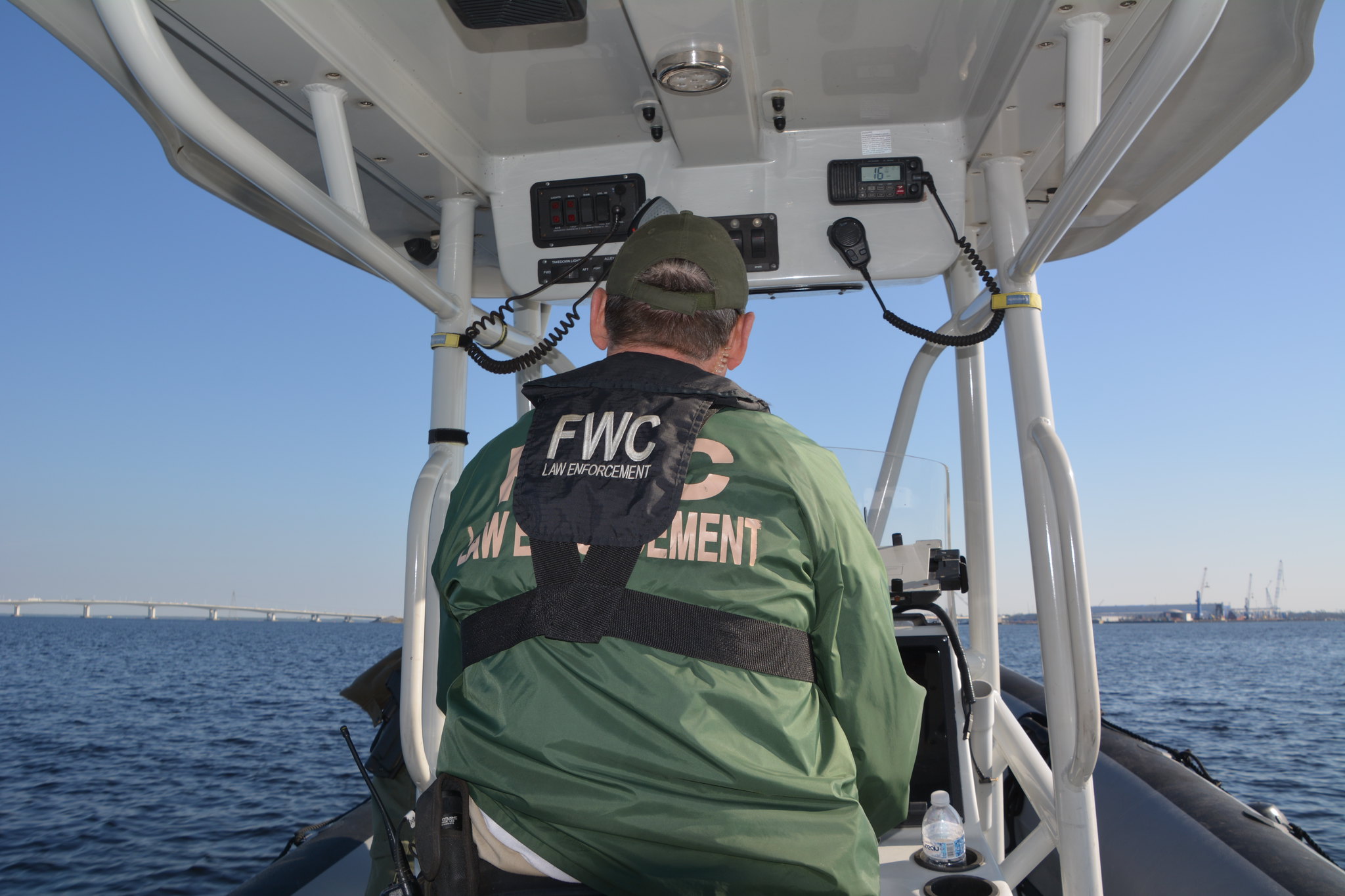
The bottom line is this: Do either of these violations make Keel and company evil, horrible people? Absolutely not. Do they deserved to be indefinitely shamed over them? No, they don’t. But you can’t deny that had these fellas just been out fun fishing instead of creating that precious content to feed the machine, I wouldn’t be writing about them. They ultimately made the decision to (or mistake of) making their violations public. And this certainly isn’t the first time something like this has happened.
Risky Business
Just this February, Florida Fish and Wildlife Conservation Commission officers were able to nab poacher Sidney Hurst after a years-long investigation that focused, in large part, on tracking his social media posts. This March, David Jimenez, who goes by “Dolphin Dave” on social media, was cited for harassing a humpback whale and pod of dolphins in video shot in Hawaii. In January, YouTube stars Josh and Sarah Bowmar plead guilty to conspiring to break the Lacey Act after shooting content with a Nebraska outfitter who was using illegal bait traps to attract whitetail deer. I found these three examples of wanting to be out front on social media getting people in serious trouble in about 30 seconds by typing “wildlife violations + social media” into a Google News search. Sadly, I could keep adding to the list for pages and pages.
What’s important to remember is that you don’t need to be a personality in the outdoor media game—or even aspire to become one—to get nailed via social media. You can just be…well, you. All these platforms did, after all, start as a means to stay connected with close friends and family, which is still how many people use them today. Maybe you hardly post at all. Maybe you only have 200 followers so what are the odds that one quick grip-and-grin with an out of season striper or trout will get you pinched? Slimmer, perhaps, but not impossible if you consider that the door swings both ways—your one post might seemingly be reaching very few people, but it’s now part of a massive public database that wildlife agencies can’t ignore. Even if authorities don’t spot your wrongdoing directly, one share or message is all it takes. Many state agencies monitor social media closely, particularly around areas of high traffic where infractions are more common, such as along many Great Lakes salmon tributaries and rivers that load up with spawning walleyes.
What the study showed was that even when you’re not bragging via photo or video, Big Brother is still watching you.
In a journal article on Wiley.com titled “Digital fisheries data in the Internet age: Emerging tools for research and monitoring using online data in recreational fisheries,” several case studies involving the use of social media by wildlife agencies are noted. One of the most intriguing was tied to the surge of land-based shark fishing in South Florida, a sport which grew by leaps and bounds in the social media age. The study showed that even when you’re not bragging via photo or video, Big Brother is still watching you.
From the article: Knowing which species are captured by recreational fishers is easiest when there is visual evidence in images or videos posted online. However, other types of data from social media can provide insights into social aspects of recreational fishers. Content analysis of the text of posts made to an online discussion forum examined which shark species were captured and released by South Florida’s land-based fishery. The study found that many captured sharks belonged to protected species, with no changes in fishing practices following the implementation of legal protection of hammerhead and tiger sharks. Several studies demonstrated that people share their illegal interactions with protected wildlife online, perhaps anonymously acting under pseudonyms and screen names.
Let’s Be Real
It saddens me that there’s enough fodder for this column to even exist. Because if you think about, it all boils down to simple common sense. What’s the No. 1 rule when doing anything you’re not supposed to do? Don’t get caught.
Yet the problem persists often for what probably seem like benign actions in real time. Take, as a final example, this story from July 2022 in the Missouri News & Observer. According to the article, an angler claimed he loaded a stringer full of largemouth bass simply because he wanted a photo of a stringer of largemouth bass for social media. Even though the fish very well could have been held in his livewell and theoretically released unharmed after the shot was taken if he was careful, the stringer shows two fish over the limit and some undersized fish. That was all authorities needed for a retroactive citation.
Read Next: The Unwinnable Battle Over Forward-Facing Sonar
I have a love-hate relationship with social media. It can be fun and entertaining when it truly revolves are digital “social” interaction with friends and people you’re interested speaking with and learning from. Most of the folks I follow have one thing in common: Authenticity. I’m far more attracted to spending my time on people who are willing to fail publicly, willing to admit they don’t know everything, and willing to be the butt of the joke.
It’s fair to say that when you examine many of the rule bending that got people in trouble with wildlife officials, there’s an element of inauthenticity involved in each. They were okay with taking the risk to elevate people’s perception of their fishing or hunting prowess. In reality, they’d have likely gotten more respect posting an empty stringer and commenting, “I really sucked today.”
This story first ran on March 16, 2023.

